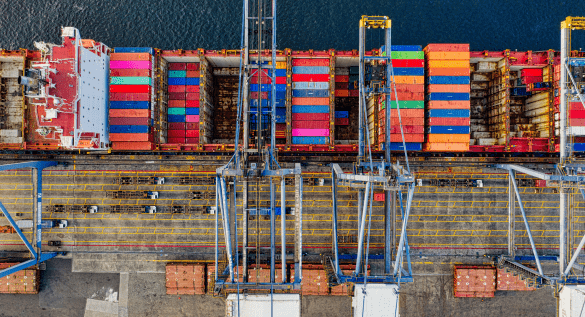Customs bonds are required for customs clearance when importing commercial goods to the USA. They guarantee that the importer will pay the relevant import duties, taxes, and any other charges that a shipment incurs – and having one is a requirement for customs clearance.
Customs bonds come in two different forms – single-entry bonds and continuous entry bonds respectively. Knowing the difference between the two will help you to decide which type of bond you need.
Single-entry bonds
Single-entry bonds can be used to cover one import or shipment only. If you are planning a one-off shipment or only intend to make one shipment within any given year, this is the type of bond you will need to cover it.
Continuous entry bonds
Continuous entry bonds cover every shipment you make within a year of the bond’s issue date, so that you don’t have to get a new single-entry bond each time you import another shipment.
Continuous entry bonds are the best choice if you intend to make several shipments to the USA inside of one year, or if you will be working with more than one import broker. In these situations, choosing a continuous entry bond will be more economical than buying individual single-entry bonds for each shipment, and it will also cut down on the new paperwork you need to arrange each time too.
If you’re not quite sure whether a single-entry bond or a continuous entry bond will best suit your current plans and future needs, we’ll be happy to discuss your requirements and share our advice and know-how to help you to decide.
